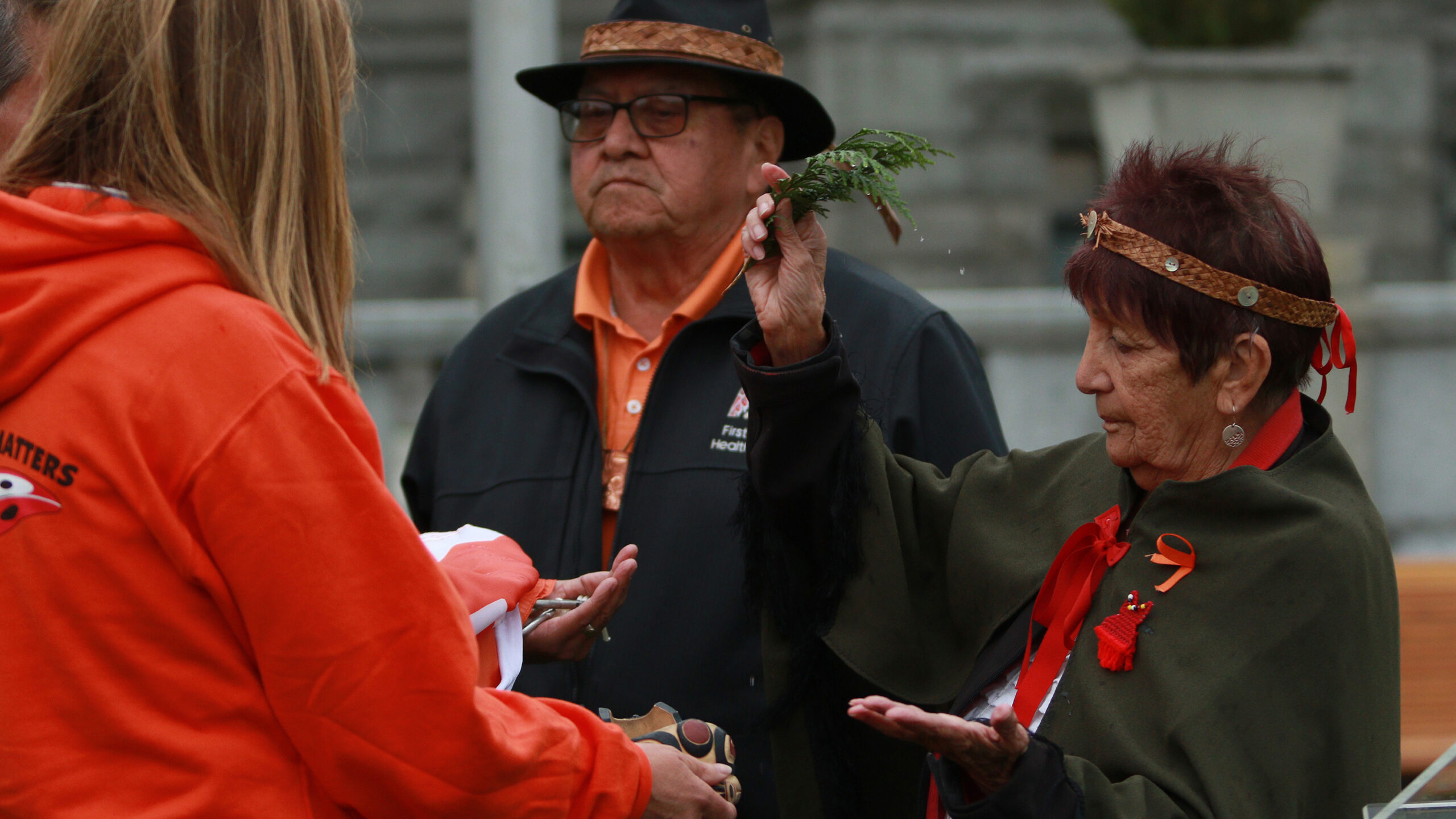Indigenous children’s socioeconomic status affects their academic performance, Statistics Canada said in a report released on April 6.
The report said those from richer households and living in suitable housing were more likely to complete high school or higher education.
The report showed 76.3 per cent of First Nations children from the top 25 per cent income bracket got at least a high school certificate, while the figure was 53.9 per cent for the bottom 25 per cent income bracket.
The report also showed 68.2 per cent of First Nations children living in suitable housing completed high school or higher education, but only 49.6 per cent living in unsuitable housing managed to do so.
The report said it defined suitable housing as dwellings with no bedroom shortfall compared to the household size.
Similar trends were observed among Métis and Inuit children, the report said.
The report also said not all Indigenous children had a direct path to high school completion. Some might leave school temporarily but return later and complete an equivalency program, the report said.
The report also said it did not find a significant relationship between familial residential school attendance and Indigenous children’s academic achievements.
Residential schools have been recognized to cause lasting and far-reaching impact on survivors and their children, The Truth and Reconciliation Commission said in its final report in 2015.
The report said further research is needed to understand how familial residential school attendance affects household size and income, which could in turn affect Indigenous children’s academic achievement.

